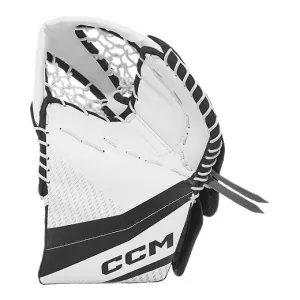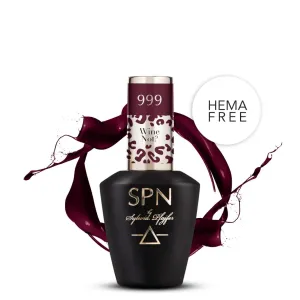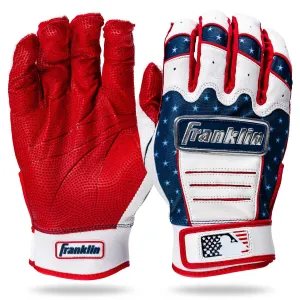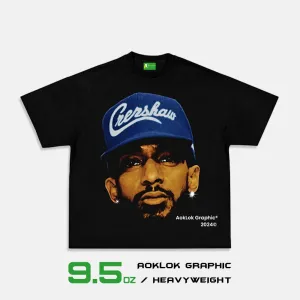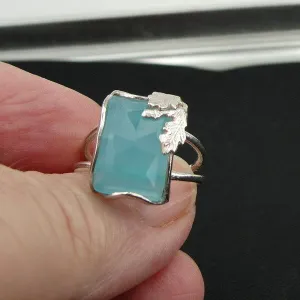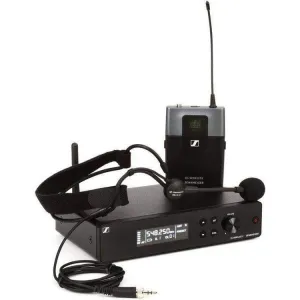*NOTE: On side 1, there is a mark that plays 8 times lightly at the start of track 1, "So What." On side 2, the first 1/4 of track 1, "All Blues," plays Mint Minus Minus to EX .
Vintage covers for this album are hard to find in exceptionally clean shape. Most of the will have at least some amount of ringwear, seam wear and edge wear. We guarantee that the cover we supply with this Hot Stamper is at least VG
Scores of differently mastered versions have been cut over the years, but to find one that’s lively and dynamic yet still communicates the relaxed nature of this music is a trick that few of them can pull off.
This vintage Columbia pressing has the kind of Tubey Magical Midrange that modern records can barely BEGIN to reproduce. Folks, that sound is gone and it sure isn't showing signs of coming back. If you love hearing INTO a recording, actually being able to "see" the performers, and feeling as if you are sitting in the studio with the band, this is the record for you. It's what vintage all analog recordings are known for -- this sound.
If you exclusively play modern repressings of vintage recordings, I can say without fear of contradiction that you have never heard this kind of sound on vinyl. Old records have it -- not often, and certainly not always -- but maybe one out of a hundred new records do, and those are some pretty long odds.
What The Best Sides Of Kind of Blue Have To Offer Is Not Hard To Hear
- The biggest, most immediate staging in the largest acoustic space
- The most Tubey Magic, without which you have almost nothing. CDs give you clean and clear. Only the best vintage vinyl pressings offer the kind of Tubey Magic that was on the tapes in
- Tight, note-like, rich, full-bodied bass, with the correct amount of weight down low
- Natural tonality in the midrange -- with all the instruments having the correct timbre
- Transparency and resolution, critical to hearing into the three-dimensional studio space
No doubt there's more but we hope that should do for now. Playing the record is the only way to hear all of the qualities we discuss above, and playing the best pressings against a pile of other copies under rigorously controlled conditions is the only way to find a pressing that sounds as good as this one does.
Quick Listening Tests
This is an easy one. Just listen to the trumpet at the start of Freddie Freeloader. Most copies do not fully convey the transient information of Miles' horn, causing it to have an easily recognizable quality we talk about all the time on the site: smear. No two pressings will have precisely the same amount of smear on his trumpet, so look for the least smeary copy that does everything else right too. (Meaning simply that smear is important, but not all-important.)
On track one, side two, the drums in the right channel are key to evaluating the sound of the better copies. The snare should sound solid and fat -- like a real snare -- and if there is space in the recording on your copy you will have no trouble hearing the room around the kit.
Next check the cymbals. No two copies will get the cymbals to sound the same, so play a few and see which ones sound the most natural to you. The most natural will be the one with the best top end.
When Adderley comes in hard left, his alto should not be thin, squawky or stuck in the speaker. The best of the best copies have the instrument sounding full-bodied (for an alto) and reedy. The reedy quality tells you that your pressing is highly resolving and not smeared.
What We're Listening For On Kind of Blue
- Energy for starters. What could be more important than the life of the music?
- The Big Sound comes next -- wall to wall, lots of depth, huge space, three-dimensionality, all that sort of thing.
- Then transient information -- fast, clear, sharp attacks, not the smear and thickness so common to these LPs.
- Tight, full-bodied bass -- which ties in with good transient information, also the issue of frequency extension further down.
- Next: transparency -- the quality that allows you to hear deep into the soundfield, showing you the space and air around all the instruments.
- Extend the top and bottom and voila, you have The Real Thing -- an honest to goodness Hot Stamper.
The Giants Who Created Kind of Blue
- Bass – Paul Chambers
- Drums – Jimmy Cobb
- Piano –
- Piano –
- Tenor Saxophone –
- Alto Saxophone –
Irving Townsend was the producer, Fred Plaut the engineer for these sessions that took place on various dates in March and April, 1959, in Columbia's glorious-sounding 30th Street Studio.
Engineer Extraordinaire
was a recording engineer and amateur photographer. He was employed by Columbia Records during the 1940s, 1950s, and 1960s, eventually becoming the label's chief engineer.
Plaut engineered sessions for what would result in many of Columbia's famous albums, including the original cast recordings of South Pacific, My Fair Lady, and West Side Story, jazz LPs Kind of Blue and Sketches of Spain by Miles Davis, Time Out by Dave Brubeck, Mingus Ah Um and Mingus Dynasty by Charles Mingus.
CBS 30th Street Studio
CBS 30th Street Studio, also known as Columbia 30th Street Studio, and nicknamed "The Church", was an American recording studio operated by Columbia Records from 1949 to 1981 located at 207 East 30th Street, between Second and Third Avenues in Manhattan, New York City.
It was considered by some in the music industry to be the best sounding room in its time and others consider it to have been the greatest recording studio in history. A large number of recordings were made there in all genres, including Miles Davis' Kind of Blue (1959), Leonard Bernstein's West Side Story (Original Broadway Cast recording, 1957), Percy Faith's Theme from A Summer Place (1960), and Pink Floyd's The Wall (1979).
Recording studio
Having been a church for many years, it had been abandoned and empty for some time, and in 1949 it was transformed into a recording studio by Columbia Records.
"There was one big room, and no other place in which to record," wrote John Marks in an article in Stereophile magazine in 2002.
The recording studio had 100 foot high ceilings, a 100 foot floorspace for the recording area, and the control room was on the second floor being only 8 by 14 feet. Later, the control room was moved down to the ground floor.
"It was huge and the room sound was incredible," recalls Jim Reeves, a sound technician who had worked in it. "I was inspired," he continues "by the fact that, aside from the artistry, how clean the audio system was."
Musical Artists
Many celebrated musical artists from all genres of music used the 30th Street Studio for some of their most famous recordings.
Bach: The Goldberg Variations, the 1955 debut album of the Canadian classical pianist Glenn Gould, was recorded in the 30th Street Studio. It was an interpretation of Johann Sebastian Bach's Goldberg Variations (BWV 988), the work launched Gould's career as a renowned international pianist, and became one of the most well-known piano recordings. On May 29, 1981, a second version of the Goldberg Variations by Glenn Gould was recorded in this studio, and would be the last production by the famous studio.
Jazz trumpeter Miles Davis recorded almost exclusively at the 30th Street Studio during his years under contract to Columbia, including his album Kind of Blue (1959). Other noteworthy jazz musicians having recorded in this place: Duke Ellington, Dizzy Gillespie, Thelonious Monk, Dave Brubeck.
In 1964, Bob Dylan and record producer Tom Wilson were experimenting with their own fusion of rock and folk music. The first unsuccessful test involved overdubbing a "Fats Domino early rock & roll thing" over Dylan's earlier, recording of "House of the Rising Sun", using non-electric instruments, according to Wilson. This took place in the Columbia 30th Street Studio in December 1964. It was quickly discarded, though Wilson would more famously use the same technique of overdubbing an electric backing track to an existing acoustic recording with Simon & Garfunkel's "The Sound of Silence".
Vinyl Condition
Mint Minus Minus is about as quiet as any vintage pressing will play, and since only the right vintage pressings have any hope of sounding good on this album, that will most often be the playing condition of the copies we sell. (The copies that are even a bit noisier get listed on the site are seriously reduced prices or traded back in to the local record stores we shop at.)
Those of you looking for quiet vinyl will have to settle for the sound of other pressings and Heavy Vinyl reissues, purchased elsewhere of course as we have no interest in selling records that don't have the vintage analog magic of these wonderful recordings.
If you want to make the trade-off between bad sound and quiet surfaces with whatever Heavy Vinyl pressing might be available, well, that's certainly your prerogative, but we can't imagine losing what's good about this music -- the size, the energy, the presence, the clarity, the weight -- just to hear it with less background noise.
A Must Own Jazz Record
We consider this Miles Davis album his . It's a recording should be part of any serious Audiophile Jazz Collection.
Others that belong in that category can be found .


